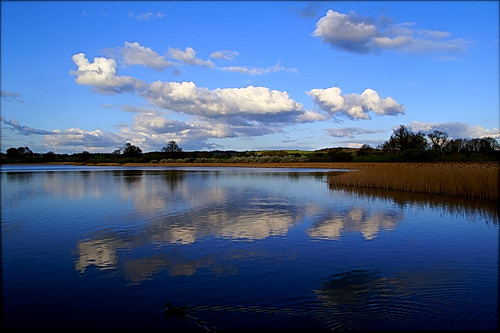Which are the most populated area in world.
Everest weather's ups and downs
By Navin Singh Khadka;BBC News, in Nepal
Already experiencing melting glaciers and a receding snowline, the
Everest region of Nepal has seen some unusual weather patterns these
past few months.
It has given locals further cause to examine the changing face of this unique environment.
A snow-free winter, followed by unexpected snow storms in the second
week of March - when spring had already begun - has left Sherpas
baffled.
Another unexpected storm in April, which lasted three
days, surprised the locals further still. The following morning, on 21
April, debris from a major ice collapse killed three Sherpa climbers
and injured more than a dozen others in the Khumbu Ice Fall area.
Such accidents are not uncommon in mountaineering, but
this one was blamed on the unusual snowfall which was believed to have
caused the collapse of the ice mass.
"We don't remember getting such snowfall during spring
in the past," said Manmohan Singh Chhetri of Asian Trekking, which had
employed the Sherpa climbers.
"This accident had much to do with the sudden change in
the weather patterns in the Everest region. Perhaps this is what global
warming is all about."
Caught unaware
They say heavy snowfall in spring is something they are
not used to. Moreover, the snowstorms occurred after a completely dry
winter period, lasting from November to February.
"Last winter was not at all like winter, and now the
same is the case with spring," said Jangbu Sherpa, an 80-year-old
Sherpa from mountain town Namche, which is en route to the Everest base
camp.
"This is something we've never seen before. We think this is quite ominous."
In the last two months, many trekkers have been caught unprepared by
the unexpected snowfall, forcing some to return while keeping others
indoors.
"The guidebooks I referred to did not have any
information about snowfall in this season," said Sarah Topping, a
trekker from London, after she braved a sudden snowfall around Namche
last month.
The locals are just as surprised. "I have taken all my
jackets out of the wardrobes again, even though I had put them away
last February," said Nawang Sherpa, a lodge owner in Namche.
For locals dependent on farming, the unusual snowfall in spring brought relief.
"We were quite frustrated because the wintry months were dry and we
could not grow anything," said Sarki Maya Tamang, a farmer in Lukla,
the gateway to the Everest region.
"Now that it has snowed, the fields have become wet and we can sow barley."
Conservation organisations such as WWF have also taken note of the unusual weather patterns.
"We have noticed the unusual and unexpected snowfall in spring," WWF's
climate change officer, Sandeep Chamling Rai, said. "We have been
receiving complaints from locals about the changing weather pattern."
Rangers in the Sagarmatha National Park echo the same
message: "All we can say at this point is climate change is happening
the world over and the Everest region cannot be an exception," said a
spokesperson.
New investigations
This region has now become the subject of intensive study, to get some
concrete data rather than just people's perceptions of changing
climate.
EV-K2-CNR, an international organisation with
headquarters in Italy, has recently installed a sunphotometer at an
altitude of 5,079m (16,600ft) near Mount Everest. It will monitor
atmospheric aerosols, "brown clouds" and changes in humidity in the
Himalayas.
"Atmospheric aerosols are 'powders' that can prevent
sunlight from reaching the Earth's surface, and they can also warm the
air layer. They have impacts in both regional and global climate,"
explained a spokesperson from EV-K2-CNR. "They can lead to changes in
temperature and rainfall patterns."
While the findings of the sunphotometer are awaited, Nepal's Department of Hydrology and Meteorology says it has an
explanation as to why it did not snow at all in most of the Nepalese
Himalayas last winter.
"The information we have is that the westerly
disturbances that normally arrive in the atmosphere of Nepal during
winter did not happen this time due to atmospheric pressure reasons,"
said Sarju Baidya, senior divisional meteorologist at the department.
"The westerly disturbances this time went to Tibet
without entering Nepal's atmosphere, and that was the reason why there
was no rain throughout Nepal last winter and there was no snow in the
mountain region."
Technocrats like Baidya may have the answer for the dry
winter but they do not, as yet, have an explanation for the unusually
snowy spring the Everest region has witnessed this time.
Story from BBC NEWS:
http://news.bbc.co.uk/go/pr/fr/-/2/hi/science/nature/4954546.stm
Published: 2006/05/05 11:26:25 GMT



